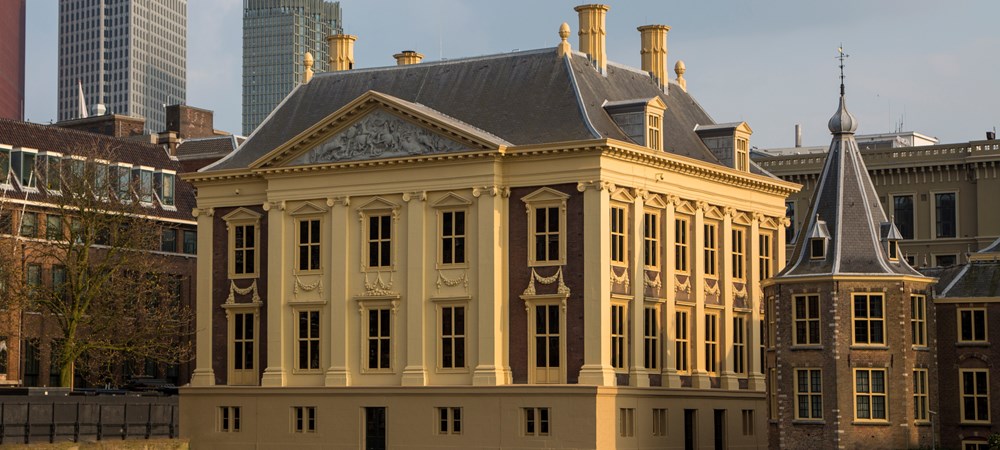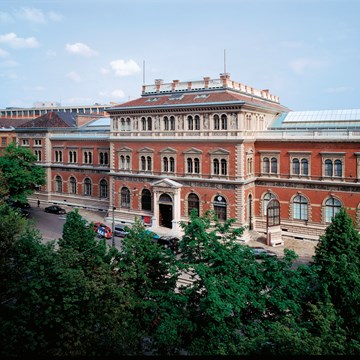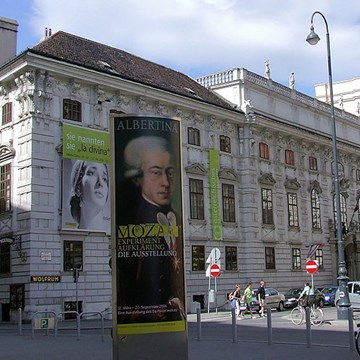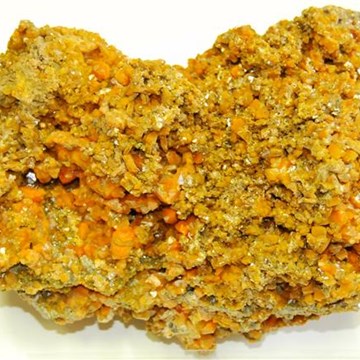Mauritshuis
Mauritshuis; Koninklijk Kabinet van Schilderijen
THE MAURITSHUIS
The Mauritshuis displays the best of the Dutch paintings from the Golden Age. The compact, world-renowned collection, is situated in the heart of The Hague. Masterpieces such as Vermeer's Girl with a Pearl Earring, The Anatomy Lesson of Dr. Nicolaes Tulp by Rembrandt, The Goldfinch by Fabritius and The Bull by Potter are on permanent display in the intimate museum rooms of the seventeenth-century monument. More than two hundred top works from Dutch and Flemish masters have a place within the classic interior, which exudes a relaxed atmosphere with its silken wall covering, sparkling chandeliers and monumental painted ceilings. Interiors from Jan Steen, landscapes from Ruysdael, still lives from Coorte and portraits from Rubens give a rich and varied representation of the seventeenth-century paintings.
In the Royal Dutch Shell Wing, connected underground through the light foyer with a brasserie and a well-stocked museum shop, the Mauritshuis presents a varying programme of exhibitions. This museum wing in Art Deco architecture also houses educational activities (at the Art Workshop) and several rooms for meetings and hire.
The Mauritshuis has been situated at the Hofvijver for more than three-and-a-half centuries. The current museum was originally built as private home for earl Johan Maurits of Nassau Siegen. The governor of the Dutch colony in Brazil chose the best architect of his time for the classical building: Jacob van Campen. He started occupying it in 1644. The building then had several different inhabitants and functions during the following centuries. In 1822, the Mauritshuis became a museum, and it has since housed what was originally the royal collection.
The core of the collection consists of paintings that once were owned by stadtholder William V, Prince of Oranje-Nassau (1748-1806). Key pieces such as Dou's Young Mother or Holbein's Portrait of Robert Cheseman can be traced back to him. William V displayed the pieces in a specially built gallery at the Buitenhof, now called the Prince William V Gallery (link). French troops plundered William V's collection during the French Revolution. When the collection returned, King William I, the son of Prince William V, transferred the collection to the Dutch state. In 1822, this 'Royal Cabinet of Paintings' moved to the nearby Mauritshuis and became a public museum. Over the course of the last two centuries, the collection grew from 200 to over 800 works of art.
Exhibitions and events

Rembrandt? The Case of Saul and David
Permanent exhibitionRembrandt? The Case of Saul and David In the summer exhibition, the Mauritshuis will focus on a single painting: Saul and David . The picture has been meticulously researched and...
Educational programs
We don't have anything to show you here.
Collections
We don't have anything to show you here.














